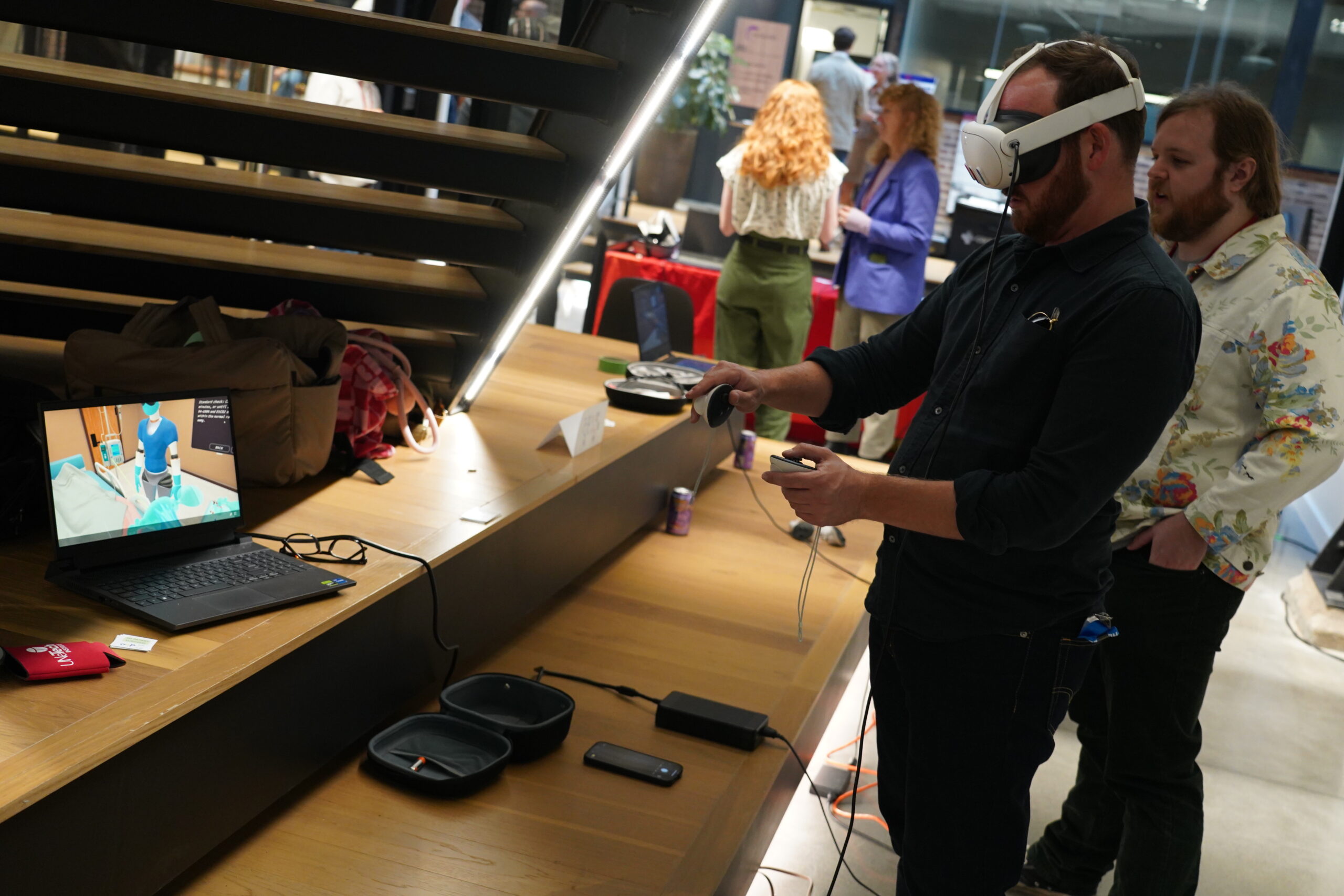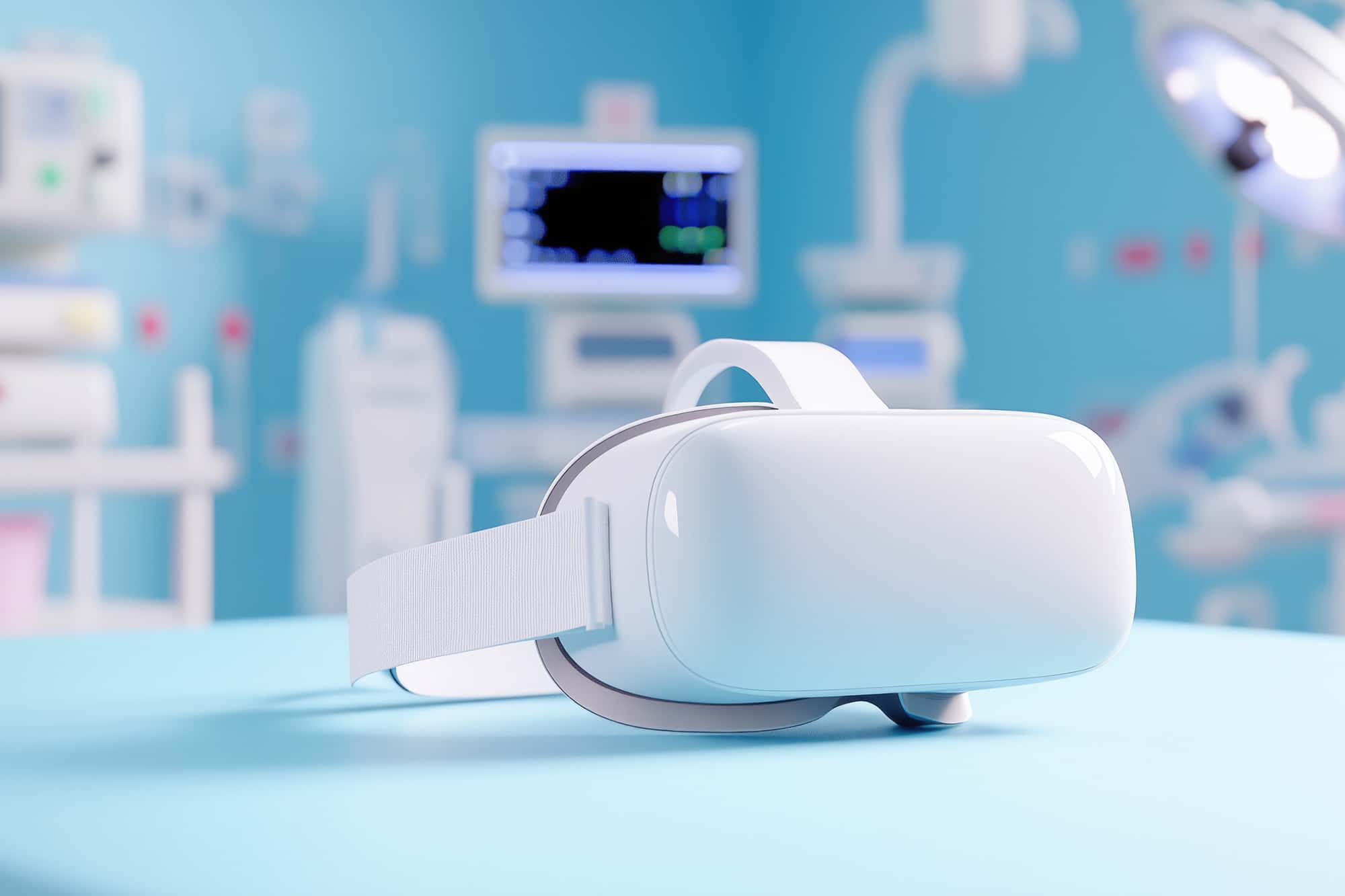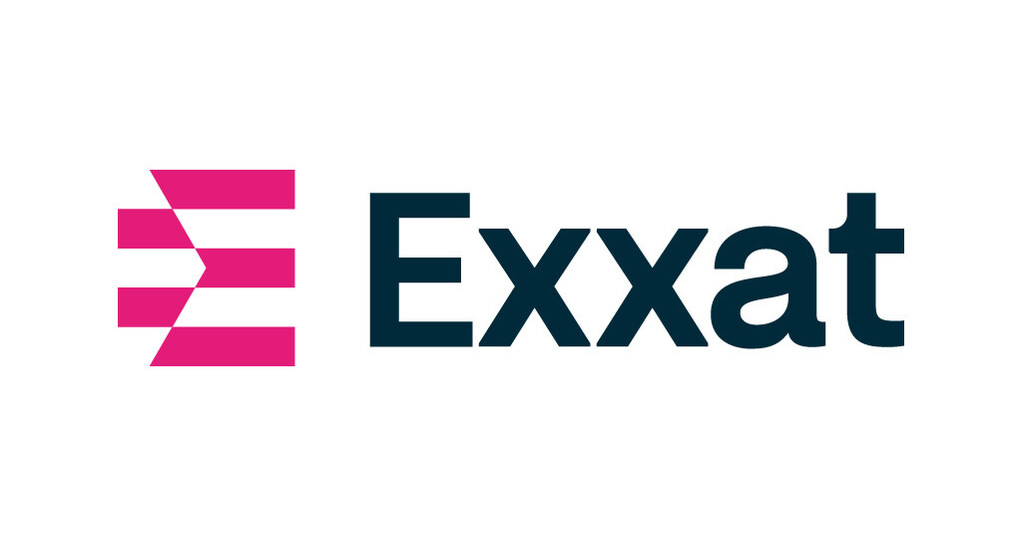Medical Simulation Market to Grow at 16.4% CAGR Amid Rising


Medical Simulation Market
The global Medical Simulation Market continues to expand at an unprecedented pace, driven by rapid technological innovation, rising demand for minimally invasive treatment training, and an urgent global need to enhance medical education systems. According to the latest industry insights, the global medical simulation market was valued at US$ 2.6 billion in 2023 and is projected to grow at a robust CAGR of 16.4% from 2024 to 2034, ultimately exceeding US$ 13.1 billion by 2034. This remarkable growth underscores the market’s evolving dynamics and its critical role in transforming the healthcare education and training landscape.
Access key findings and insights from our Report in this sample – /sample/sample.php?flag=S&rep_id=1299
Market Overview
Medical simulation is reshaping how healthcare professionals are trained and assessed. It involves the use of advanced simulation technologies, such as virtual reality (VR), augmented reality (AR), mannequins, and software solutions, to replicate real-world medical scenarios. These technologies allow practitioners to develop and refine their clinical skills without endangering patient lives. As the pressure to improve patient safety and reduce medical errors intensifies, hospitals, academic institutions, and military healthcare systems are rapidly adopting simulation-based learning models. Moreover, medical simulation bridges the gap between theoretical knowledge and practical experience, making it indispensable in today’s healthcare ecosystem.
Market Size and Growth
The medical simulation market is experiencing explosive growth, fueled by global healthcare reform, rising medical school enrollments, and a pressing need for cost-effective training alternatives. Valued at US$ 2.6 billion in 2023, the market is forecast to reach US$ 13.1 billion by the end of 2034, expanding at a CAGR of 16.4% during the forecast period. This robust trajectory is supported by increasing investments in healthcare infrastructure and digital transformation initiatives. Governments and private institutions alike are investing in simulation labs, while medical device manufacturers are also collaborating with simulation tech firms to integrate training capabilities into their platforms.
Market Segmentation
The medical simulation market can be segmented by product type, end-user, and application. By product, the market includes anatomical models, web-based simulation, and simulation software. Anatomical models, particularly high-fidelity mannequins, continue to dominate due to their realistic training environments. Web-based simulation and AR/VR-based platforms are witnessing exponential growth, owing to the shift toward remote learning and digital education. By end-user, hospitals, academic institutions, and military organizations are the key segments. Academic institutions represent the largest share, as simulation becomes integral to medical curricula. By application, surgical simulation, gynecological simulation, cardiovascular simulation, and general medical training are the major categories, with surgical simulation emerging as the fastest-growing application due to rising demand for minimally invasive surgery training.
Regional Analysis
Regionally, North America holds the largest share of the global medical simulation market, led by the United States’ advanced healthcare infrastructure and significant investments in medical education. The region’s dominance is further supported by the presence of leading simulation technology companies and favorable regulatory initiatives. Europe follows closely, particularly in countries like Germany, the U.K., and France, where simulation training is being standardized. Asia-Pacific is expected to be the fastest-growing region during the forecast period, driven by increasing medical tourism, the rapid modernization of healthcare systems, and government-supported digital health initiatives in China, India, Japan, and South Korea. Latin America and the Middle East & Africa are also poised for moderate growth as healthcare access improves and training systems evolve.
Access our report for a comprehensive look at key insights – /healthcare-medical-simulation.html
Market Drivers and Challenges
Several critical factors are propelling the growth of the medical simulation market. Key market drivers include:
Rising focus on patient safety and risk-free medical training
Growing demand for minimally invasive procedures
Shortage of clinical training sites and faculty
Technological advancements in AR, VR, and AI integration
Government mandates for simulation-based learning in healthcare
However, the market also faces several challenges. High setup costs of simulation centers and limited access in developing economies pose significant barriers. Additionally, the lack of standardized curriculum and qualified instructors, as well as resistance from traditional medical education providers, may hinder adoption in some regions.
Market Trends
The industry is experiencing transformative trends that are reshaping medical training:
Integration of AI and machine learning in simulation software to enable real-time feedback and adaptive learning pathways
Widespread adoption of VR and AR technologies for immersive, remote training sessions
Cloud-based simulation platforms enabling scalability and global access
Gamification and interactive case-based learning to improve engagement and retention
Simulation-based assessment tools for licensing, certification, and recruitment purposes
These innovations are helping stakeholders deliver personalized, efficient, and cost-effective medical training while ensuring consistent outcomes across geographies.
Competitive Landscape
The medical simulation market is characterized by intense competition and continuous innovation. Leading players include:
Surgical Science Sweden AB
Elevate Healthcare
Laerdal
Simulab Corporation
Simulaids Inc.
Limbs & Things Ltd.
Kyoto Kagaku Co., Ltd.
Mentice AB
Gaumard Scientific
These companies are investing in R&D, forming strategic partnerships, and expanding their global footprints to stay ahead. They are evaluated based on parameters such as company overview, financial performance, business strategies, product portfolios, and recent developments. For instance, many are integrating AI for performance analytics, expanding into simulation-as-a-service models, and collaborating with universities and government bodies to develop customized training programs.
Future Outlook
The future of the medical simulation market is both promising and dynamic. By 2034, simulation-based training is expected to become a cornerstone of medical education, with institutions leveraging hybrid learning models that combine traditional instruction with virtual simulation. Regulatory bodies are anticipated to mandate simulation hours for various medical licensure and specialty programs. Furthermore, continuous innovation in AI, VR/AR, cloud computing, and data analytics will expand simulation’s reach to underserved regions and transform how medical professionals are educated globally.
Want to know more? Get in touch now. – /contact-us.html
More Trending Reports by Transparency Market Research –
Remote Patient Monitoring Devices Market – /remote-patient-monitoring-devices-market.html
Wound Healing Market – /wound-healing-market.html
Contraceptive Sponge Market – /contraceptive-sponge-market.html
Vaginal Pessaries Market – /vaginal-pessaries-market-report.html
Drug-device Combination Products Market – /drug-device-combination.html
About Transparency Market Research
Transparency Market Research, a global market research company registered at Wilmington, Delaware, United States, provides custom research and consulting services. Our exclusive blend of quantitative forecasting and trends analysis provides forward-looking insights for thousands of decision makers. Our experienced team of Analysts, Researchers, and Consultants use proprietary data sources and various tools & techniques to gather and analyses information.
Our data repository is continuously updated and revised by a team of research experts, so that it always reflects the latest trends and information. With a broad research and analysis capability, Transparency Market Research employs rigorous primary and secondary research techniques in developing distinctive data sets and research material for business reports.
Contact:
Transparency Market Research Inc.
CORPORATE HEADQUARTER DOWNTOWN,
1000 N. West Street,
Suite 1200, Wilmington, Delaware 19801 USA
Tel: +1-518-618-1030
USA – Canada Toll Free: 866-552-3453
Website:
Email: [email protected]
This release was published on openPR.
link








